When you talk to the non-British about driving in the United Kingdom, the first comment is always about driving on the “wrong” side of the road. After spending a week and a half driving across England and Scotland, I can assert that left-side driving was the easy part.
It is true that I never fully stopped flinching when rounding a blind corner and encountering an oncoming vehicle in the right lane, and maybe there were a couple of times I was briefly driving American-style, but generally it wasn’t too bad.
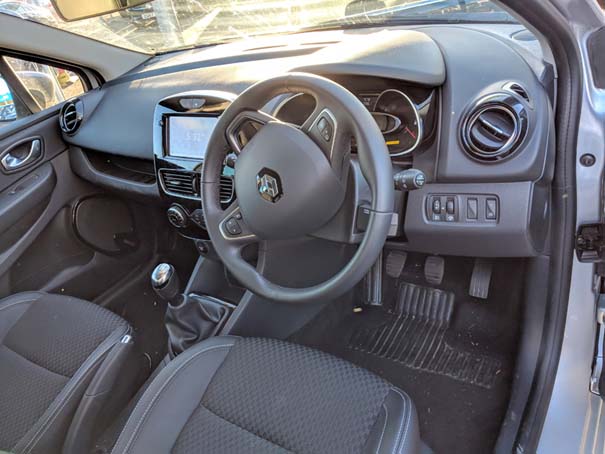
Round and Round
The first really tricky bit was just the different traffic patterns, primarily manifest as roundabouts. It isn’t just that there are roundabouts (shoot, there’s a roundabout less than a mile from my house in Utah). It is that they are ubiquitous. Imagine pretty much all the traffic-light-and-stop-sign-controlled intersections in the U.S. and replace them with roundabouts — some with three separate lanes entering and all with multiple options for exiting. Most don’t have traffic lights, but some do, including some with traffic lights half-way through the circle. While avoiding running into other circling vehicles, quickly decipher the sign to figure out where to get out. Fun!
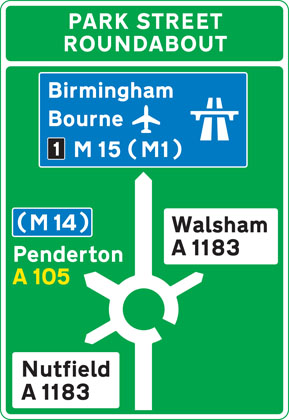
Nice Bike Path
The next challenge was the narrowness of the roads. Shannon, aided by Google Maps, navigated for us. One time in the village of Cheddar (where the cheese comes from!) she told me to turn onto a “road” that looked like where a sheep might have once wandered and on which someone had decided to lay asphalt. After my initial refusal and Shannon’s insistence that it was right, we started driving the couple of miles we were supposed to follow said road. We encountered a few cars going the other way, and by driving with one wheel on the pavement we were able to slowly slip by each other.
Maybe you’ve seen or have a car where the side mirrors fold in when you turn off the engine? Isn’t that fancy? There was a time in Stratford Upon Avon where I retracted the side mirrors to avoid scraping the buildings on either side of the driveway I needed to go into. Folding mirrors turn out to be fairly practical.
If the narrowness isn’t enough, often there are cars parked on them. It required a lot of judgment to know if you could slip through the space at the same time a car was coming the other way, or if you just needed to pull off to let them through. Sometimes it was pretty clear.
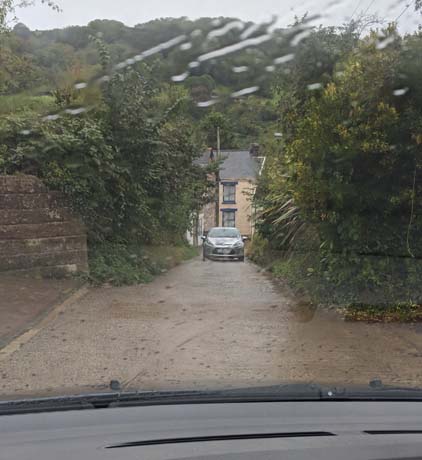
Finally, as you’re driving a narrow, winding road in the countryside, likely occupied by sheep in places, what do you suppose the speed limit is? Usually it is the “National Speed Limit” which is 60 MPH on a road with a lane in each direction. The British leave a lot to drivers’ judgment, which I find pretty impressive. Sure, the speed limit is 60 MPH, but don’t be a twit. I don’t recall encountering a road on in the U.S. where I thought, following the speed limit, “I’m going to die if I keep this up.” Even when there are potentially sharp curves in the road, the typical indication is simply a sign with a curving arrow and “SLOW” on the pavement, compared to the almost universal (and wildly conservative) recommended speed signs for curves in the U.S.
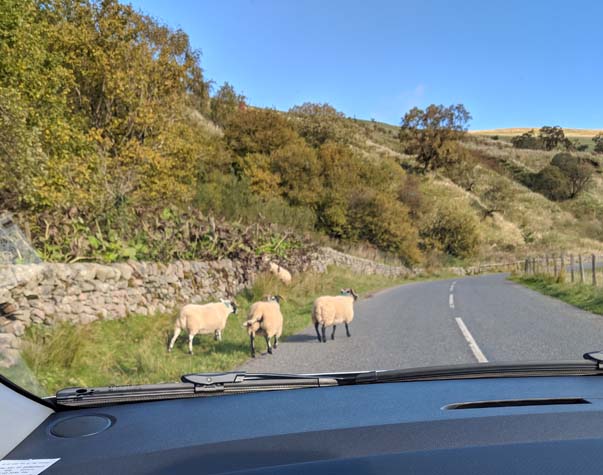
Signs
Speaking of signs, it took a while to figure out what several of them meant. I suppose I ought to have learned about them before getting behind the wheel, but where’s the adventure in that?
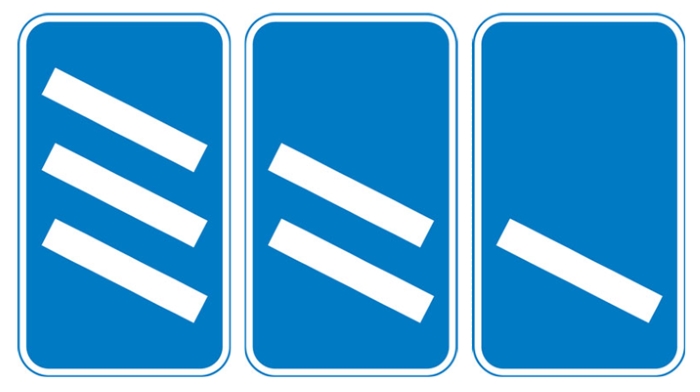
What we thought: Road is being demoted from sergeant to private.
Actual: Motorway exit count-down markers.
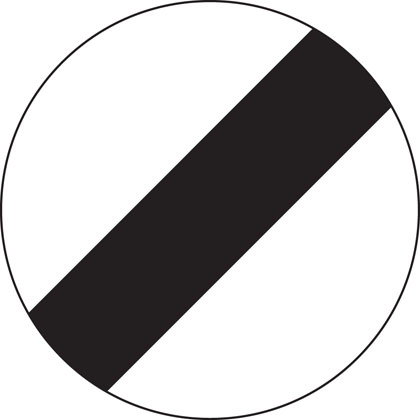
What we thought: No idea.
Actual: National speed limit. Kind of a cool abstraction actually. Want to change the speed limit? Just dictate it as something different and no need to change the signs.
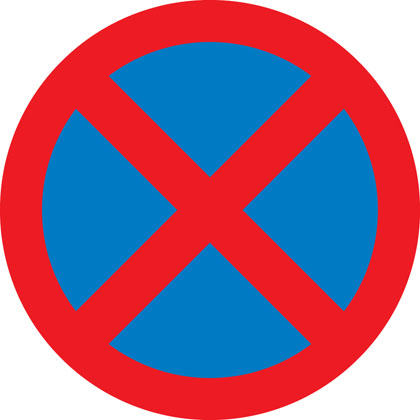
What we thought: Road patrolled by X-Men.
Actual: No Stopping.
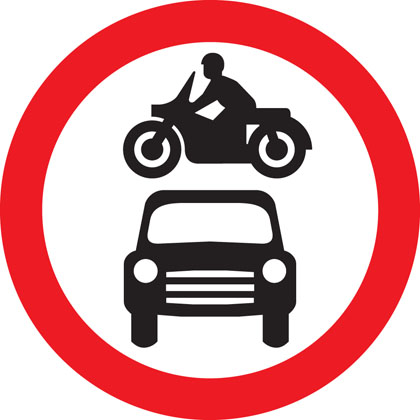
What we thought: Feel free to jump your motorcycle over cars?
Actual: No motor vehicles allowed (Oh, the red circle outline means “no”).
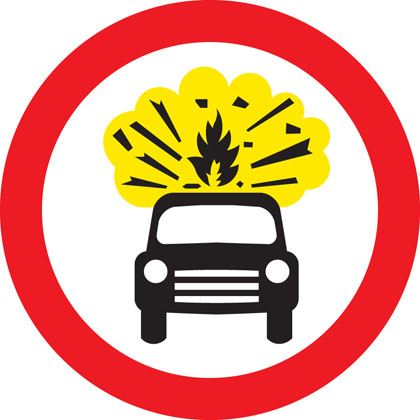
What we thought: Uh… No letting your car explode?
Actual: No vehicles carrying explosives (Hey, pretty close!)
There was one fatality resulting from my driving, sadly. A pheasant was non-magically transformed into a puff of feathers under our back tire. I also got my first ever ticket — for not paying for parking in Bath. I think I was so happy to have found a place to park at all that I didn’t see the sign saying I had to pay.
Interestingly, though, data indicates that the roads in the U.K. are significantly safer than in the U.S. Still, we prayed each morning for safety on our trip (occasionally silently renewed in rush-hour traffic on medieval roads), and it was with thanks and relief that I turned in the rental car keys at the end, commenting, “It’s all professional drivers and pilots from here on out.” Maybe they can keep their safety stats with one less Yank driving.
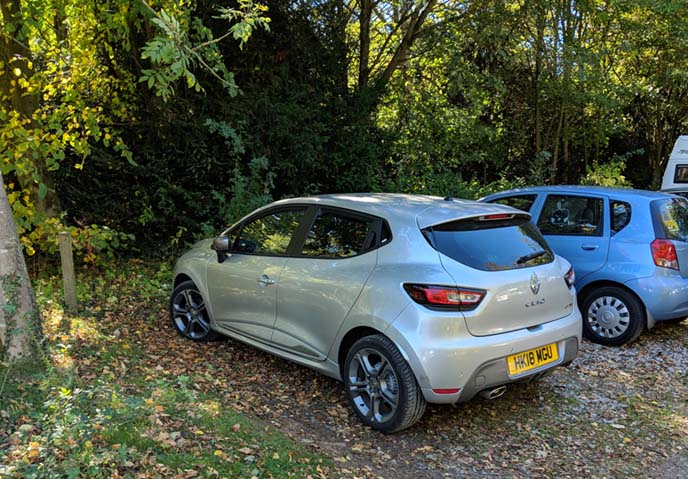


Trust me, I feel your pain. Now think about doing all that in a SUV.
I think and Astin Martin would make you feel right at home on those roads.